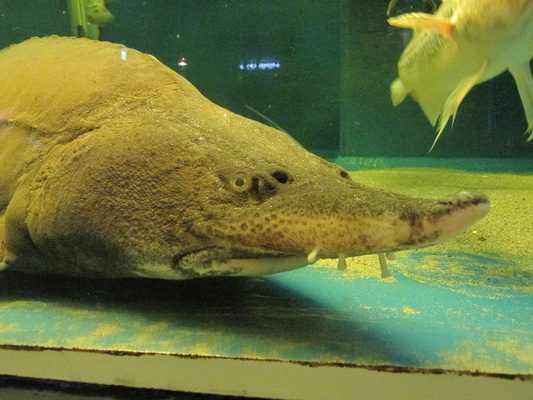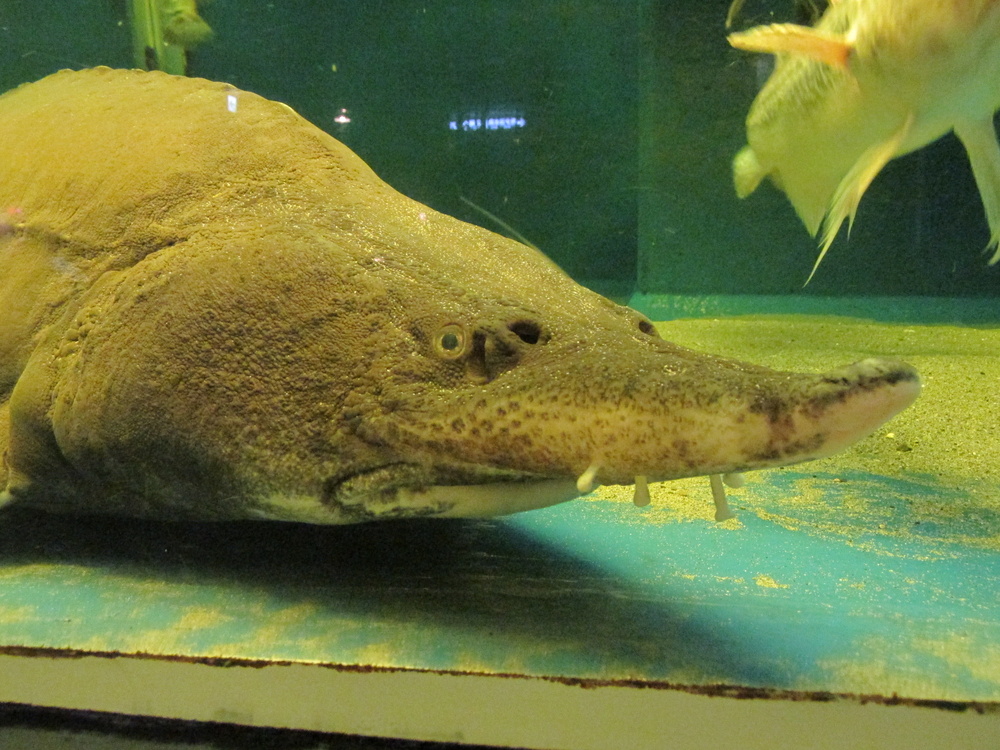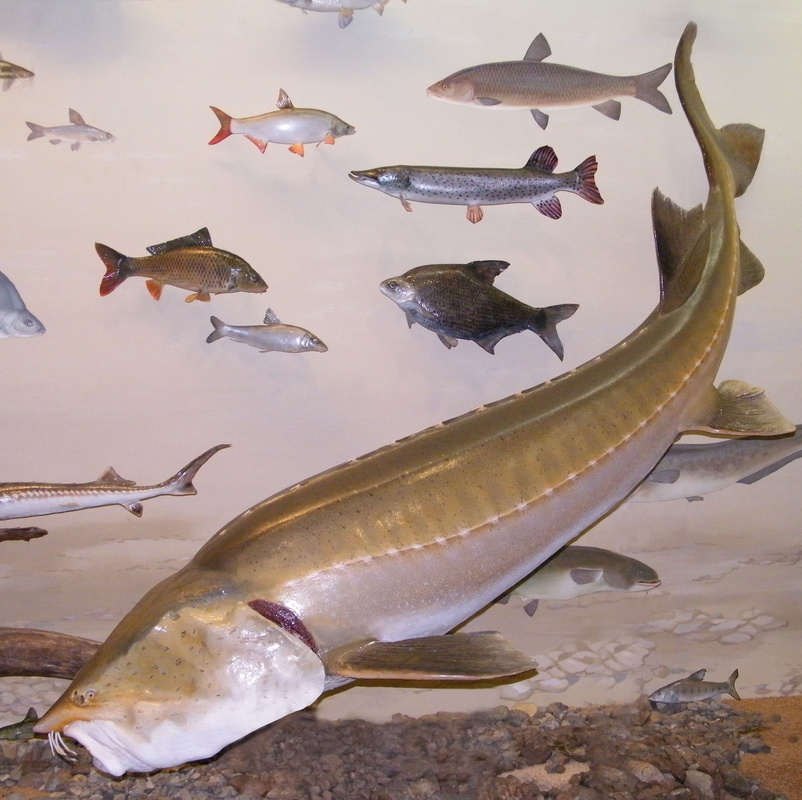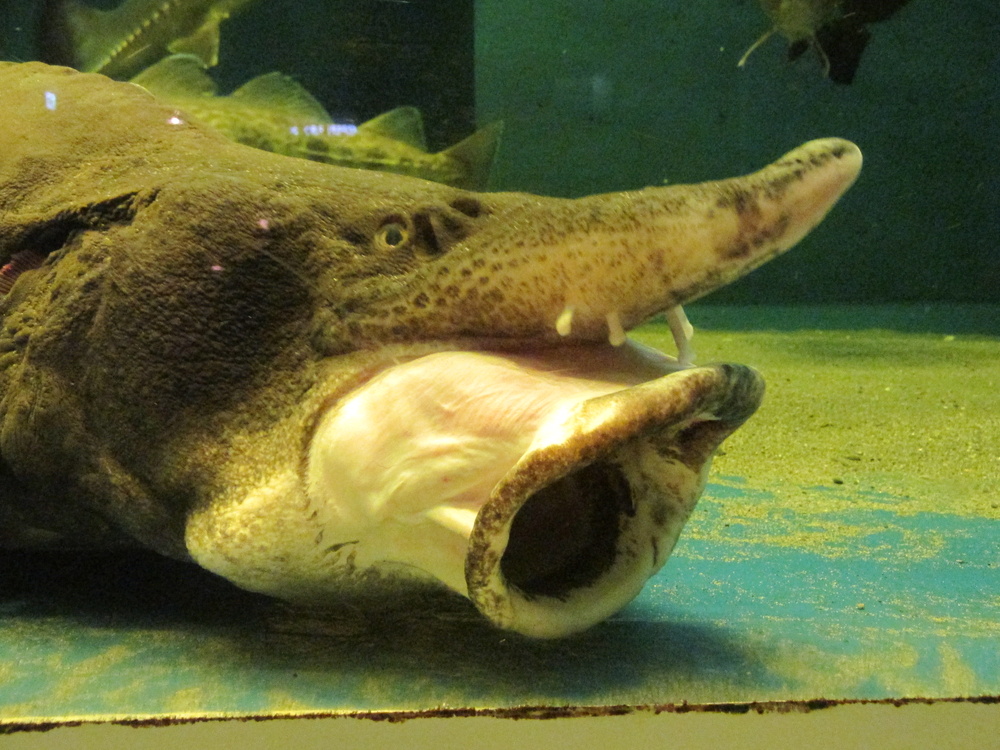Farming remarks
Huso dauricus is a long-lived, late-maturing, and critically endangered sturgeon species endemic in the Amur basin. There are four populations: one lives in the estuaries and brackish waters of the Sea of Okhotsk and Sea of Japan, the second in the lower Amur, the third in the middle Amur, and the forth in the lower parts of the Zeya and Bureya rivers (Amur tributaries). H. dauricus' eggs are very valuable in the market, however, its meat is not as popular as the meat of other local fishes. Therefore, profitable H. dauricus farming is focused on eggs production. Russian and Chinese authorities enforce H. dauricus farms to do regular restocking of the wild populations. H. dauricus' late-maturing state and long period between spawning events make their farming very costly. Some farms specialised in the more profitable hybrid of Acipenser schrenckii x H. dauricus. However, farming of H. dauricus is strongly recommended to restock the decimated wild populations. Therefore, an effort should be made to study their needs in the wild, such as home range and social behaviour, and the best way to implement them in captivity, including a way to simulate their long migration, to reproduce them without forced maturation, and to slaughter them in a humane way.
For details see: WelfareCheck | farm








